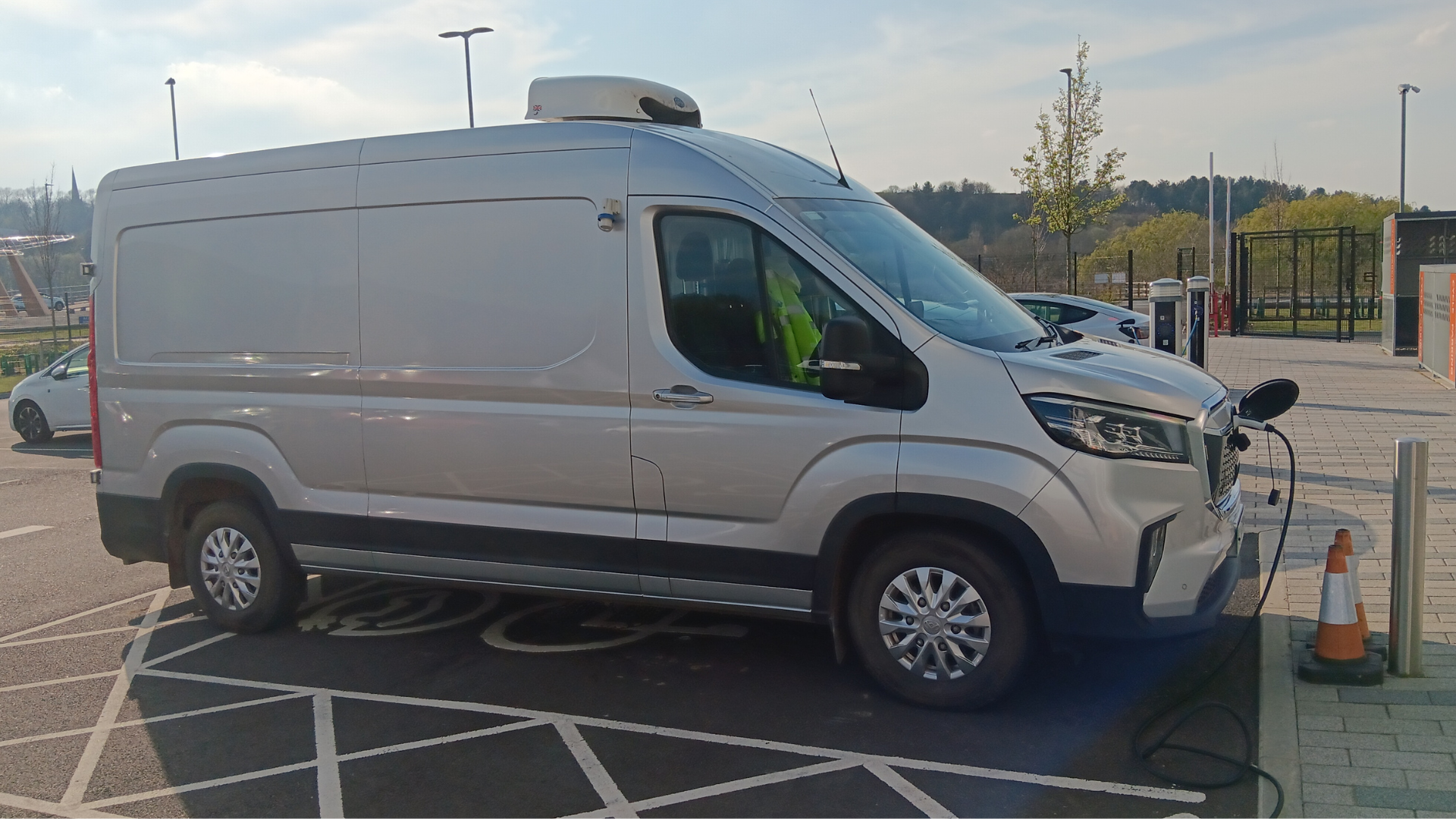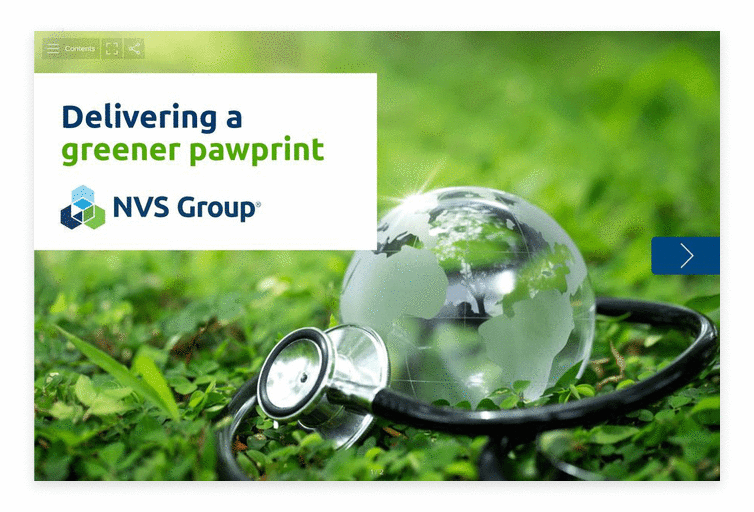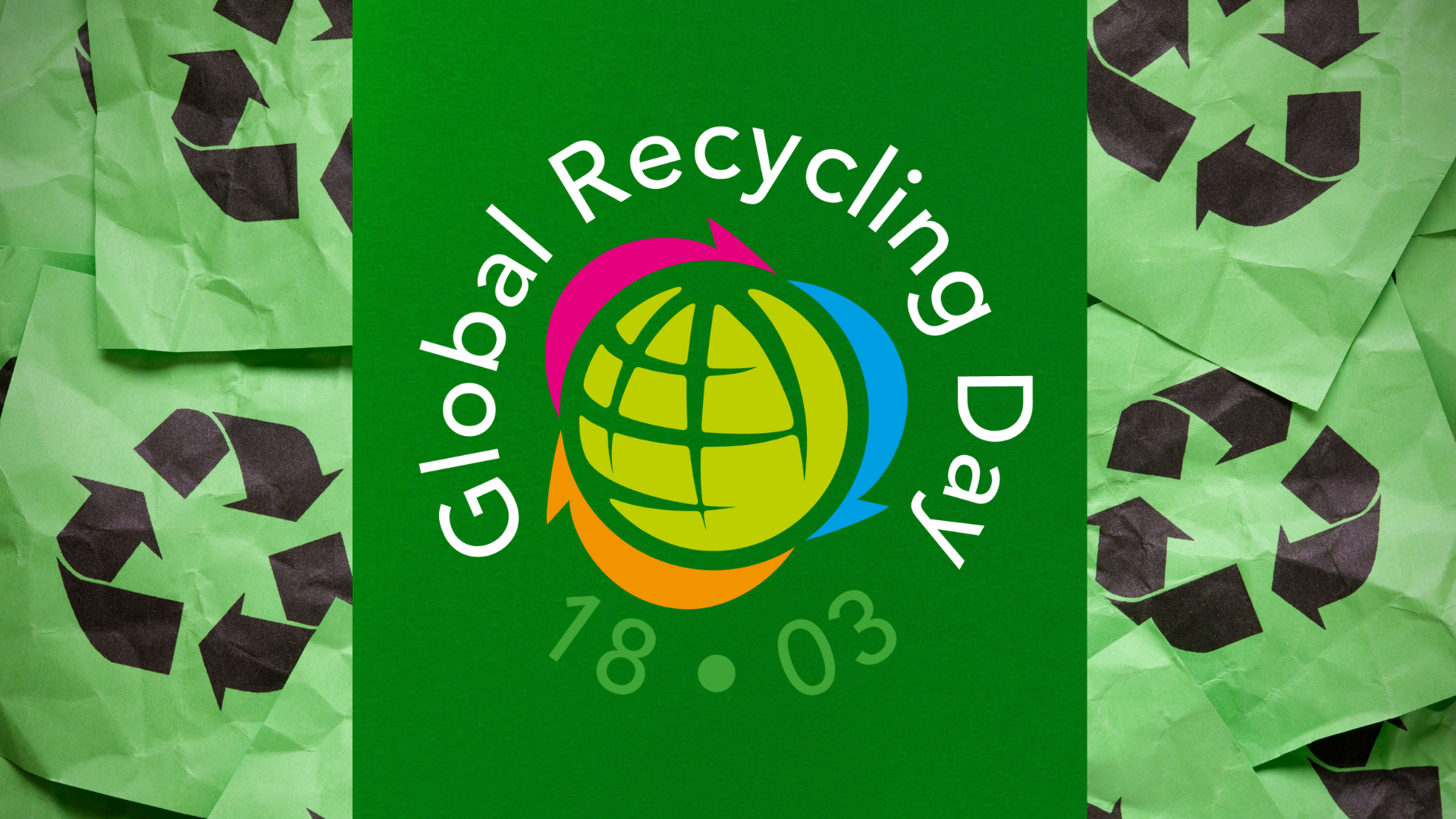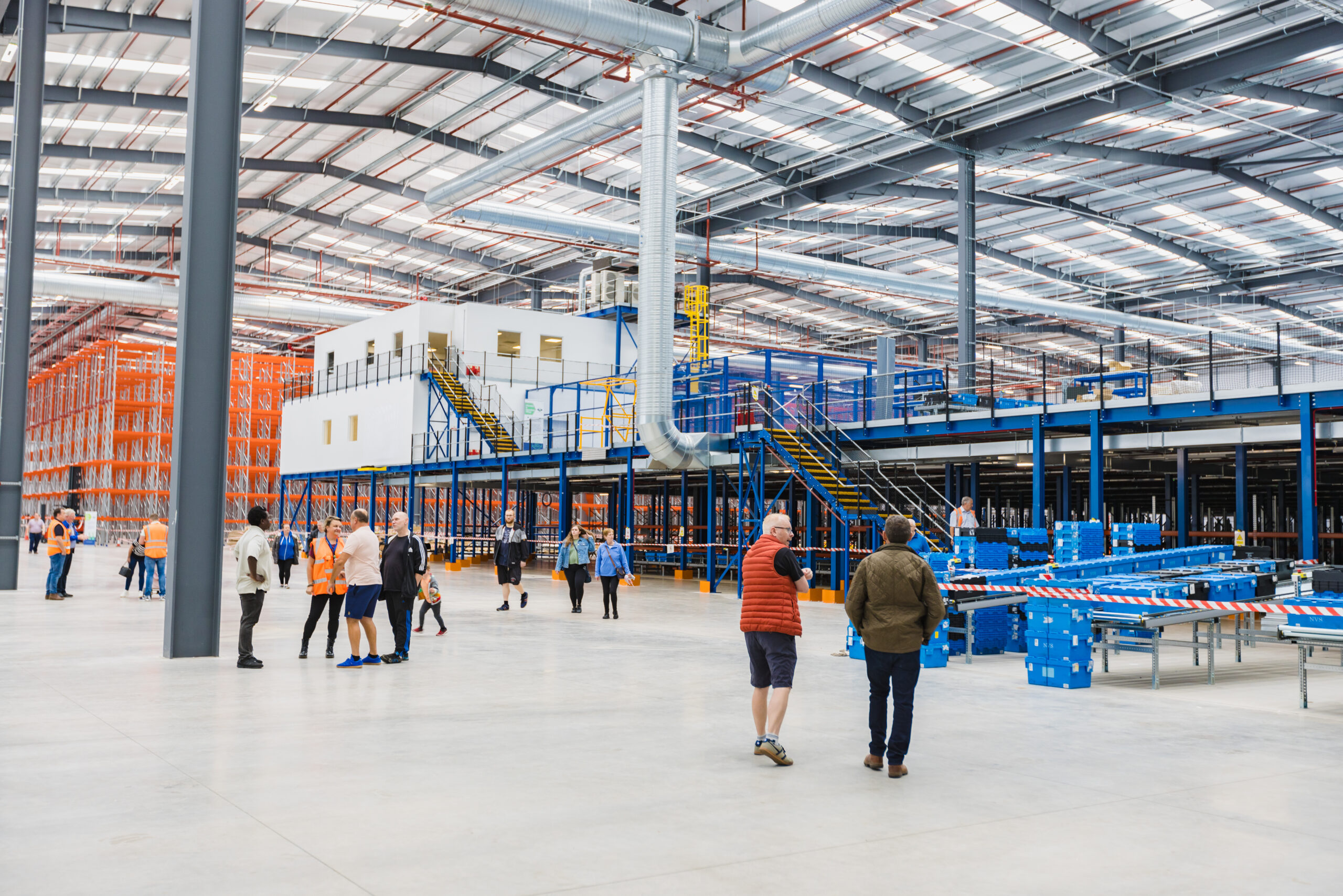At NVS Group, our commitment to sustainability is at the heart of everything we do. Through our Delivering a Greener Pawprint initiative, we are actively working to reduce the carbon footprint of our NVS distribution network, which is built around our central hub at Spitfire House and supported by our satellite depots across the country.
Spitfire House has a number of eco-friendly features, including photovoltaic (solar) panels, high-grade enhanced cladding, rainwater harvesting, and internal and external high-efficiency dimmable LED lighting. We are very proud that our new facilities conform to a BREEAM rating of ‘excellent’ and achieve an energy performance certificate (EPC) rating of A. It’s a great foundation, and from there we’re continuing to explore how we can further reduce our carbon footprint by focusing on our transport operations.
We caught up with our Transport Operations Manager, to talk about some of the big sustainability milestones we’ve already reached – and what’s coming next.
We recently introduced electric vans to the fleet – how has that gone?
In December 2024, we added five Maxus E-Deliver 9 full-electric, temperature-controlled vans to our fleet. These vans operate on local delivery routes within a 50-mile radius of Stoke-on-Trent and can cover up to 140 miles per day.
Using our on-site EV charging points at Spitfire House, they’ve already clocked nearly 40,000 miles – saving around 12 tonnes of CO₂. That’s the equivalent of charging over 1.5 million smartphones or driving a standard petrol car around the world 1.4 times.
The feedback from our drivers has also been overwhelmingly positive – they’ve enjoyed the smooth ride and the ease of automatic transmission.
Are there any challenges with running electric vans?
Of course – no solution is without its hurdles. While electric LCVs are a huge step forward, they do come with specific challenges for a business like ours. For example, our vehicles need to maintain precise temperature control, which draws energy from the same battery that powers the van. That reduces the overall range to around 170 miles. Plus, the public charging infrastructure for LCVs still isn’t where it needs to be – many charging stations just aren’t suitable for LCVs.
But that’s why we’re taking a flexible, multi-solution approach. There’s no one-size-fits-all answer to sustainable transport, so we’ve also ordered a number of plug-in hybrid LCVs, which are expected to arrive later this year. These will help us expand our low-emissions delivery network beyond the areas currently served by our electric vans.
What about our HGV trailers – what improvements have we made there?
We’ve made some significant changes to our temperature-controlled HGV trailers, which are used to transport products between Spitfire House and our various satellite depots across the country. Traditionally, the fridge units on these trailers were powered by diesel. But since late 2023, we’ve been rolling out trailers powered by an innovative battery system that uses regenerative braking and rolling resistance to recharge on the move – completely removing the need for diesel.
Over the last 12 months, this has saved around 128 tonnes of CO₂. That’s like planting over 2,100 trees and letting them grow for ten years.
How have we updated our company car policy to support sustainability?
Our company car fleet now exclusively consists of hybrid or fully electric vehicles. By achieving this milestone, we are well ahead of the UK Government’s 2030 target to phase out new internal combustion engine (ICE) cars.
How are we supporting colleagues in making greener choices too?
Beyond our vehicle fleet, we are actively encouraging employees to adopt more sustainable transport options. At Spitfire House, we have installed 48 electric vehicle charging points, making it easier for employees to transition to electric vehicles. Additionally, we continue to support greener commuting through our Cycle to Work Scheme.
And what’s next?
We’re not standing still. As technology evolves, we’ll keep adapting – trialling new vehicles, upgrading infrastructure, and always asking what more we can do. Sustainability is a journey, and we’re proud to be driving it forward – one mile at a time.
Find out more…
Discover more about how we aim to deliver a greener pawprint by browsing through our sustainability e-brochure.






